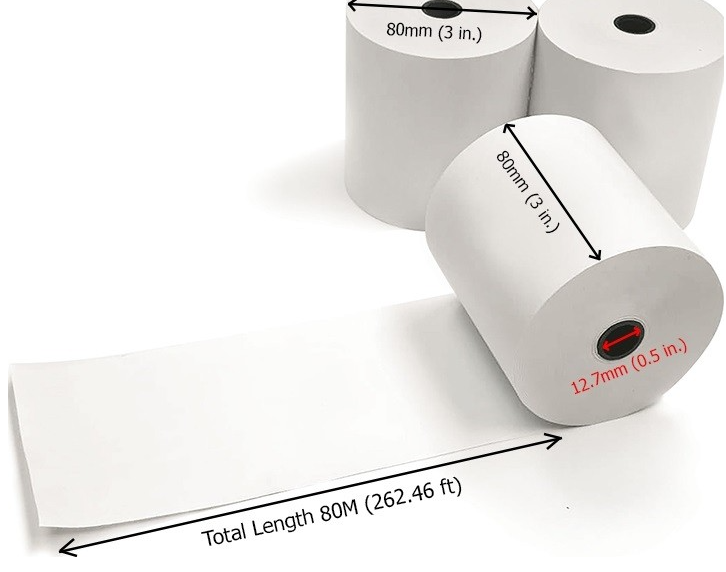So, here is the story:
I worked in a paper-converting factory. We would buy those large paper rolls and create envelopes, writing pads, cash register rolls, printing paper etc.
In one particular item, we were very competitive: cash register rolls. We had a fully automated machine, so our prices were unbeatable. It was difficult to beat us on productivity, and even import was not beneficial, as no one could be significantly cheaper. You can’t do much value engineering, as the rolls have a particular dimension:

The machine happily worked two shifts daily, making us a lot of money.
Well, soon the events took another turn. Someone came with a 30% lower price.
We spent days trying to figure out what happened. Negotiated prices with paper vendors. Recalculated and recalculated our costs. There was no way we could get even close.
A couple of months later, we were in a meeting with an old paper trader. I need to note here that the complete team working on this project was under 30, so he treated us like kids. In a very positive way, sharing his wisdom and advice. So, we decided to share our problem. His answer was:
“Kids, you work in the paper industry, yet you did not hear about voluminous paper?”
Voluminous paper is of the same weight per square meter as normal paper. So, the same amount of pulp is used. But during the process of manufacturing, a small quantity of air is pumped into the pulp. Therefore, it becomes thicker.
As a result, you are getting for the same price a sheet of paper 25% thicker compared to regular paper.
I think we were flying back to the office to compare the length of our paper roll to one of our competitors. And indeed, his roll was almost 40% shorter.
Long story short, we bought truckloads of this paper and soon our market share was back to normal. Plus, our profit went even up. Until the customers figured out what everyone (including us) was doing.
Since customers did not want to pay for (literary) air, the specifications in the RFQs changed to this:

And soon after, it was business as usual.
This is a quite extreme story. However, do not think that you are not paying for air. Research by DS Smith states that 24% of Shipping containers are empty. And that 50% of the space in e-commerce boxes is empty. Ikea saves an estimated 10-30% on the shipping, handling and storing costs with their flat packs that are designed to minimize space.
Go out and have a look: How much empty space is in the boxes you receive, or ship? How much space do you have in your warehouses, under the excuse of “reserves for the peak period”? And then go further. How many empty rooms are you cooling (or heating)?
Time to move a bit and go find some air sitting around and doing nothing!



